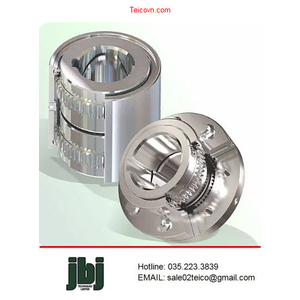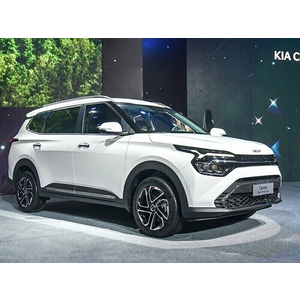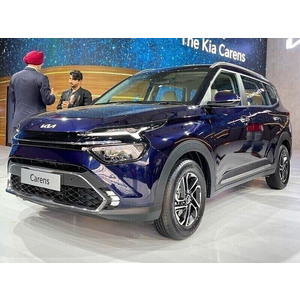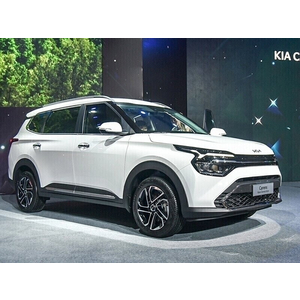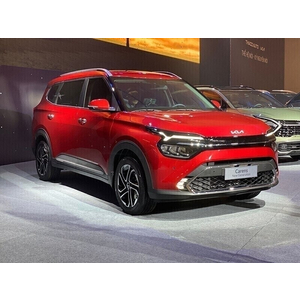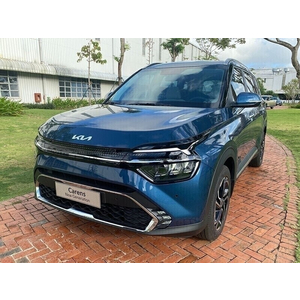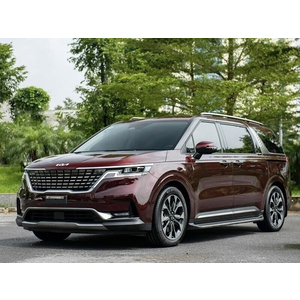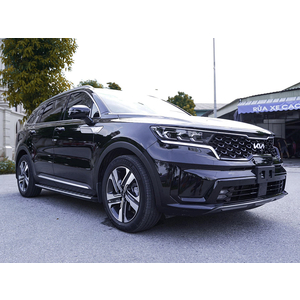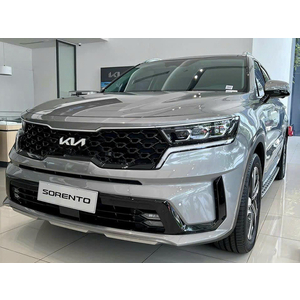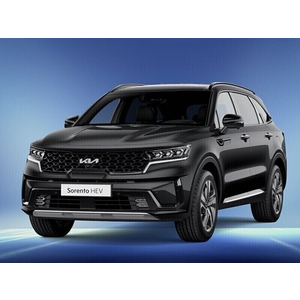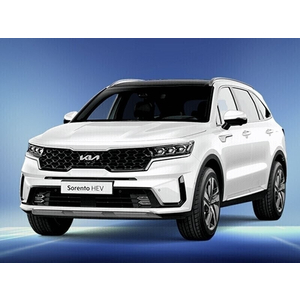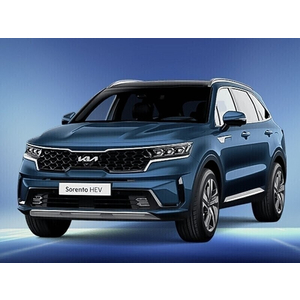CHARACTERISTICS
- Type
- gear, torsionally rigid
- Product applications
- for shafts, transmission, for pumps, for paper machines, for presses, industrial, machines, for marine applications, for mechanical power transmission, for conveyors, for the cement industry, for railway applications, for hoisting machinery, for the aerospace industry, for rolling mills, generator, gearbox, for mixers, for agitators, engine, for wind turbine, for gears, for the textile industry, for chemical applications, for compressors, for excavators, for servo motors, for the food industry, for machine tools, for railway vehicles, for printing machines, for lifting equipment, for the packaging industry
- Other characteristics
- shaft-hub, torque, heavy-duty, with braking wheel, high-performance, ATEX, high-speed, high load capacity, with spacer, flameproof, disassemblable, for explosive areas, large-size, explosion-proof
- Installation system
- flange, sleeve
- Torque
-
Min.: 192 Nm (141.6119 ft.lb)
Max.: 161,003 Nm (118,749.7187 ft.lb)
- Rotational speed
-
Min.: 2,000 rpm (12,566.37 rad.min-1)
Max.: 9,000 rpm (56,548.67 rad.min-1)
DESCRIPTION
Gear-couplings are the foremost coupling type. They can do things that many other coupling types are unable to perform, or that need expensive modifications and de-rating to function. Gear couplings have the highest power density, offer more variations, a wider size, torque, and bore capacity than any other coupling type. They are easily modified for shear pin service, floating shaft type, vertical applications, electrical isolation, limited end float, and can have a brake drum or disc added. While some features may be available on other couplings, it is typically easier and cost effective to modify a gear coupling. With all these advantages, the gear coupling is used on more applications versus the nearest competing coupling type. Factors Affecting Selection The following is a list of the information necessary to assist in making a coupling selection. Not all of these items will come into play in all selection processes. These items include, but are not limited to: » Application details » Type of motor and driven equipment » Motor horsepower or KW » Operating/coupling speed » Shaft sizes and separation » Space and size constraints » Environment (temperature, chemicals, etc) » Balance requirements » Special modifications For calculations and steps in the selecting the correct sized coupling please see www.jbj.co.uk/all-steel-gear-couplings.html

